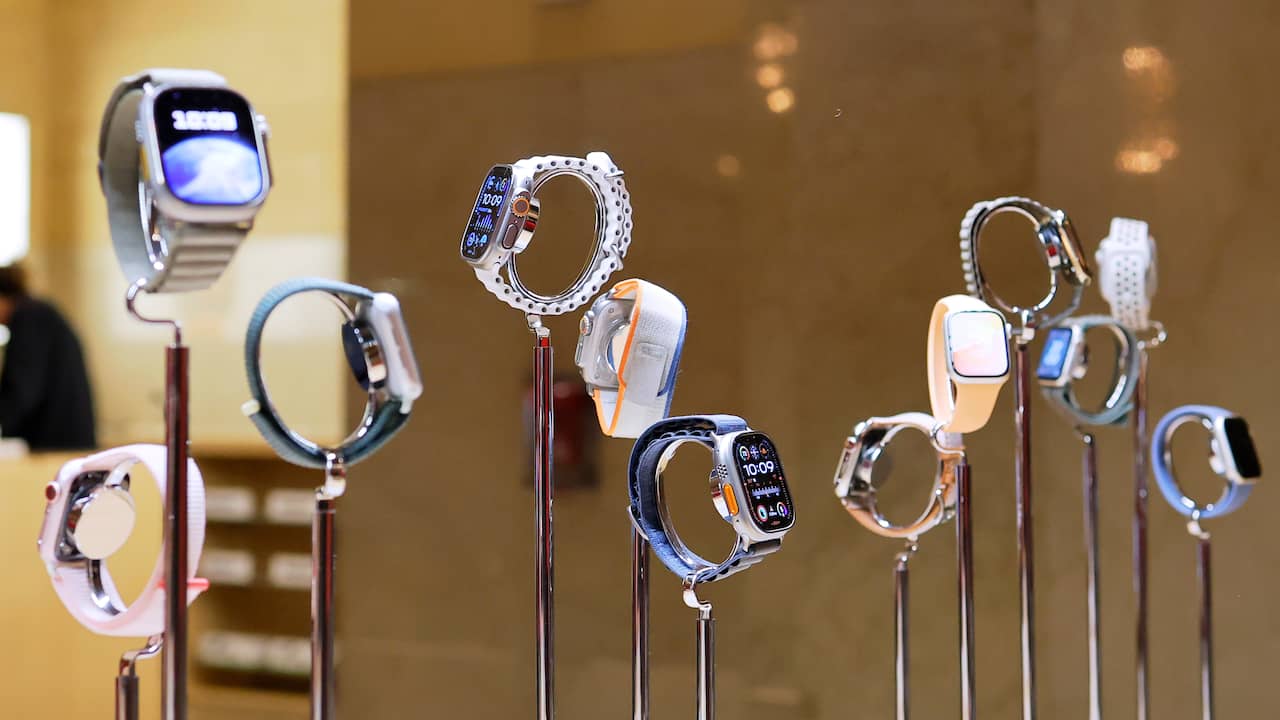Since its origins, the entertainment industry has been linked to the emergence of technological advances. This alliance has led us from silent films to films as advanced as Avatar.
Today artificial intelligence is the technology that has challenged entertainment. Much has been written about the challenges that this technology poses in different legal areas, especially in matters of intellectual property, considering the amount of litigation associated with the unauthorized use of works protected by copyright to train artificial intelligence systems.
However, not much has been written about the interaction of image rights and the use of artificial intelligence. Indeed, one of the most critical points in the negotiation of the North American actors union (SAG-AFTRA) with the major production companies (AMPTP) was precisely artificial intelligence. If we add to that that the use of artificial intelligence techniques is usually more recurrent to rejuvenate actors (for example, Robert De Niro in “The Irishman” or Harrison Ford in “Indiana Jones and the Dial of Destiny”) or even, to bring deceased actors to life (as in the case of Carrie Fisher in “The Rise of the Skywalker”).
The SAG-AFTRA negotiation established the need for consent from actors regarding “Digital Replicas”, that is, intentional and realistic clones – produced by any technological means – of a person’s face, body or voice. [1] So, in many cases, the solution may involve establishing contractual safeguards, such as the use of the actor’s image for the specific project that was contracted, not extending said use to projects that have no relation to the authorization initially granted. but without limiting the possibility that the production company has of using the image of the actor for post-production and editing purposes of the project for which he was hired.
The case of the commercial exploitation of an actor’s image without authorization for the purposes of promoting a product or service is different. This was what happened, for example, with Tom Hanks, whose image was used without his authorization with “deepfake” to promote a dental clinic[2]. In this case, there is clearly a violation of the North American “right of publicity” which, in general, prohibits the commercial exploitation of a person’s image without their authorization.
In Chile, there is no “right of publicity” (hereinafter “RoP”), but there is jurisprudential recognition of the so-called “right to image”, which arises -mainly- from constitutional norms, as an extension of the right to the privacy and property rights of each person.
In the US, the “right of publicity” has certain limits, that is, situations in which a person’s image can be used without their authorization, mainly when the use of that image occurs in the context of expressive works. protected by the First Amendment, unless their names and images are later associated with commercial products derived from the work, such as clothing, games, toys, action figures, and similar items that do not necessarily involve purely creative or political speech.
In Chile, the right to the image also presents limits linked to freedom of expression and freedom of information, mainly when there is a compromised public interest.
The main difference between the “right of publicity” and the right to the image in Chile occurs because the first refers to the commercial exploitation of the person’s image, while the second covers any exploitation, whether commercial or not. Additionally, the “right of publicity”, generally applies to famous people whose image is susceptible to economic valuation, while the right to image applies to any person, whether or not they are a celebrity.
An interesting question in this matter arises when an AI system draws on different images to generate a output which does not resemble the images used to train it. For example, a company creates a digital influencer using, for these purposes, a character created with artificial intelligence, in whose training images and videos of hundreds of people (including celebrities) were used but who does not resemble any specific person. What happens in that case? Are we also facing an infringement of the right to the image?
This case is more complex and it is necessary to distinguish the 2 major phases of training artificial intelligence systems: “input” and “output”. During the “input” or training phase of the model, the following questions should be asked: Is it possible to maintain that there is infringement by simply feeding an artificial intelligence system with images of millions of people? Is there exploitation of the image of a specific person by associating their image with a specific product or service? The truth is that in this phase there is no exploitation of a specific person, precisely because there is no result (“output”). In other words, there is no identifiable person whose image is being commercially exploited or not. In the output phase, that is, the result or what is created by the model thanks to the training carried out, it is worth asking, if this digitally created person cannot be associated with a real identifiable person, can there be an infringement of the image right? ? If so, who would have standing to sue if there is no real identifiable person?
Artificial intelligence poses a series of challenges, the important thing is not to lose focus and instead of demanding immediate regulation, allow the technology to mature, allow the parties to negotiate contractually and only once the technology generates more negative than positive externalities, think about balanced regulation.
[1] Digital Image Rights & Right of Publicity | SAG-AFTRA (sagaftra.org)
[2] Tom Hanks says dental plan video uses ‘AI version of me’ without permission | CNN
2024-01-17 23:26:02
#intersection #image #artificial #intelligence #field #entertainment

